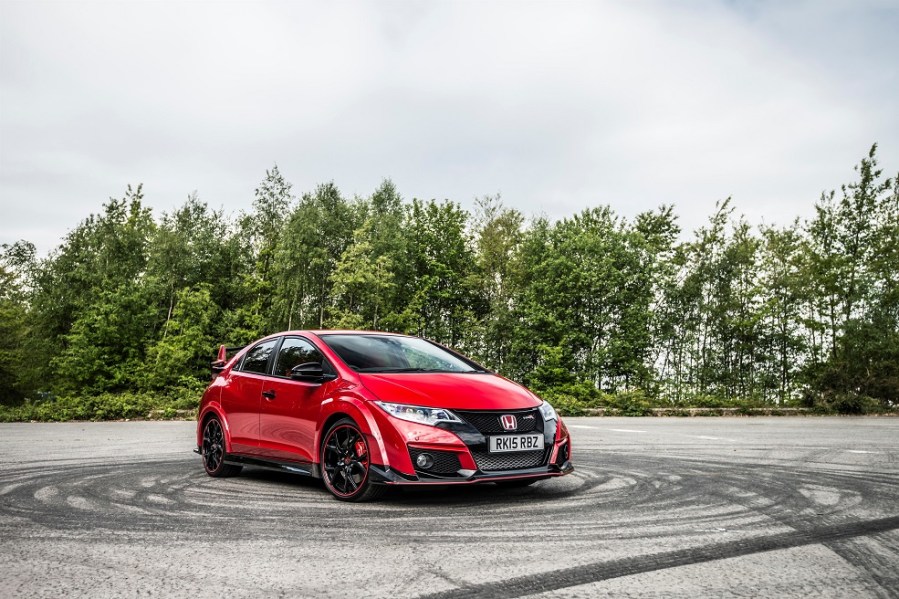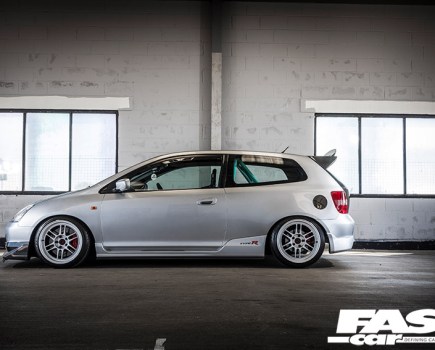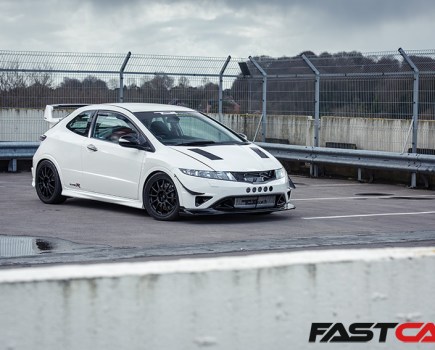It was the first turbocharged hot Civic for Honda, but the FK2 delivered on the same hardcore driving experience the Civic Type R has always been known for. Here’s what you need to know before buying this incredible used performance hatch.
A Brief History of the Honda Civic Type R FK2
After a hiatus of several years, the Type R badge returned to the Civic in 2015. There are two particularly noteworthy things about this FK2 model; firstly, it arrived toward the end of the ninth-generation production run. It was only on sale for three years, 2015-2017, and never went on sale in the US. The US would have to wait until the next generation FK8 Civic Type R to get their first official CTR. That was then followed up with the latest hot hatch offering from Honda, the FL5 Civic Type R. Secondly, it was turbocharged. Now, certain killjoys will tell you from behind the safety of their keyboards that forced induction was the death knell of the Type R brand. That’s absolute nonsense.
The FK2 may have been the first turbocharged Type R, but it was all the better for it. The redline is a bit lower than previous generations, but it’ll still howl round to 7000rpm. Plus, that turbo provides the kind of shove that, 20 years ago, would have had supercar drivers reaching for the nerve tonic. The upshot of all this is that the FK2 is fast. If you need to justify your purchase, it can return 40mpg+ if you behave. You also have a vast boot and ISOFIX points in the rear. So it’s a proper grown-up’s car too.
The 2.0-litre VTEC turbo motor boasts figures of 310hp and 295lb ft, with all the torque available at just 2500rpm. It’s officially good for a 0-62mph run of 5.7 seconds. That being said, magazine tests had it as low as 5.3, and topping out at 167mph. To help get all that shove to the tarmac, there’s a standard-fit LSD. It also got a clever Dual Axis Front Suspension System with adaptive dampers.
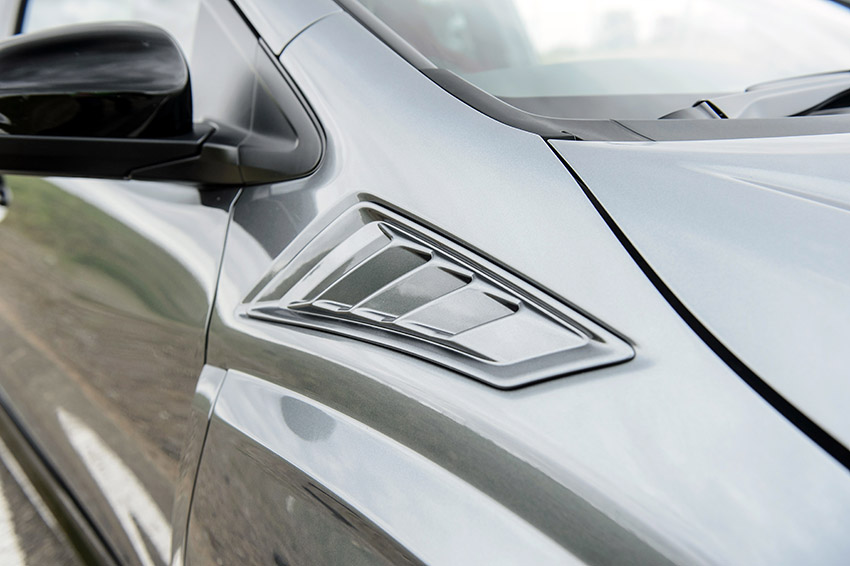
Aggressive looks
The looks of the FK2 were polarising at launch and continue to be so. That riot of savage lines and slashes makes more sense when you realise that it’s all in the name of functional aerodynamics. Developed with Honda’s WTCC team, the spoilers, flat floor and suchlike work together to create genuine negative lift. The rear spoiler’s blade may look a little odd at first glance, but the reason the leading edge is angled upwards is to aid airflow off the roof. Those various vents at the rear of the front wings? They help with cooling, sucking the hot air out of the engine bay. This makes it more efficient, and gives it an aerodynamic advantage. The air flows through, rather than just filling up and turning into a brick wall of drag.
The brakes are pretty devastating too. The Brembo four-pots at the front clamp onto huge 350mm brake discs. Oh, and just for fun, there’s the +R button on the dash. When you press that, the engine’s torque-mapping shifts to a more aggressive and even more performance-oriented curve. Throttle response is heightened. The power steering is slackened off to give you a bit more weight. The dampers all puff up their chests to become 30% stiffer. It really is very good fun indeed.
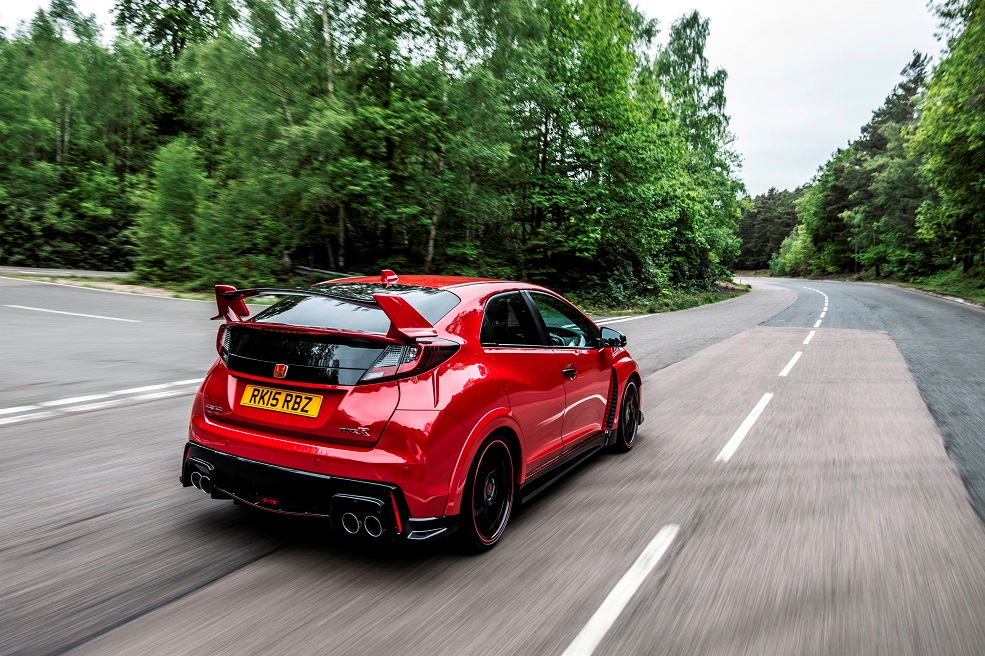
Honda Civic Type R FK2 Top 5 Most Common Problems
- Head gasket failure
- Overheating
- Loss of boost pressure
- Gearbox issues
- Lacquer problems on wheels and calipers
What to look out for when buying a Honda Civic Type R FK2
Below, we’ve broken the car down into the key areas to help guide you through some of the issues that you should be aware of before buying an FK2 Civic Type R. On the whole, Honda’s reliability record is pretty strong, and we all know how reliable the K20s of old are if they’re looked after. Truth be told, there are a few more areas to be concerned about with Honda’s first turbocharged Civic Type R engine, but with the right maintenance should be hassle free.
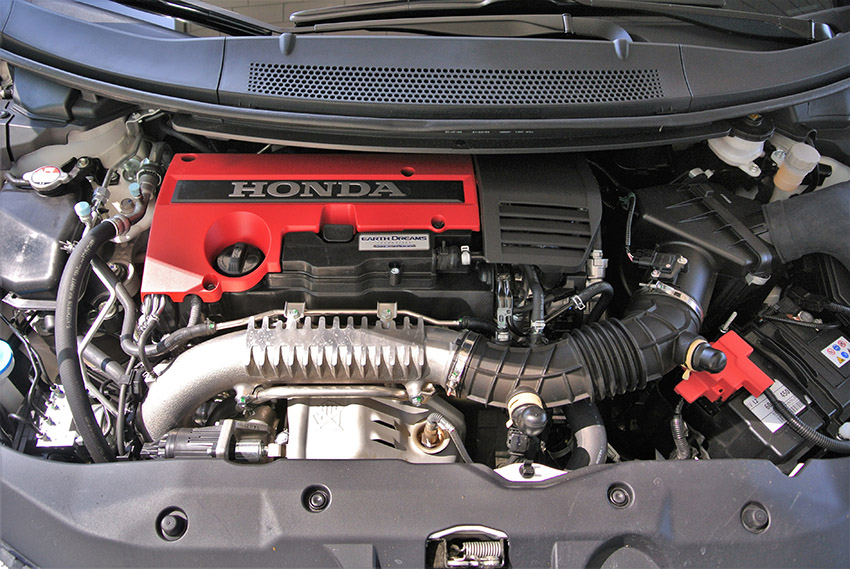
Engine and Transmission
In some cases, owners have reported overheating issues which result in the car entering limp mode, but this seems to mainly be after hard and prolonged track use. There have also been reports of head gasket failure, which has resulted in owners sometimes needing a new head. Wiring issues affecting the turbo boost have also been noted, and the best way to check is to call up the boost gauge on the dash menu and put your foot down. If it’s reading between 1.2-1.4 bar when your foot’s mashed into the carpet, it’s all good.
Timing chains can stretch over time – they usually need replacing at around 100k miles, or sooner if the car you’re looking at has had a hard life. Remember these cars are almost 10 years old now, and closing in on 100k miles, so ensure the car you’re looking at has been maintained correctly. You can check out our car maintenance checklist for more info.
The gearbox is pretty tough, but when it goes wrong it does so in a big way. Some cars may have a notchiness shifting from first to second, and/or a tendency to jump out of fourth and not engage reverse. These issues usually point to a car that has been abused, and if the gearbox does fail it’s a £3000-4000 bill for a new one. Allowing the gearbox oil to warm up and shifting gently will help to prolong the life of the transmission, and make sure you pay attention to how it shifts on a test drive to make sure yours is in good working order.
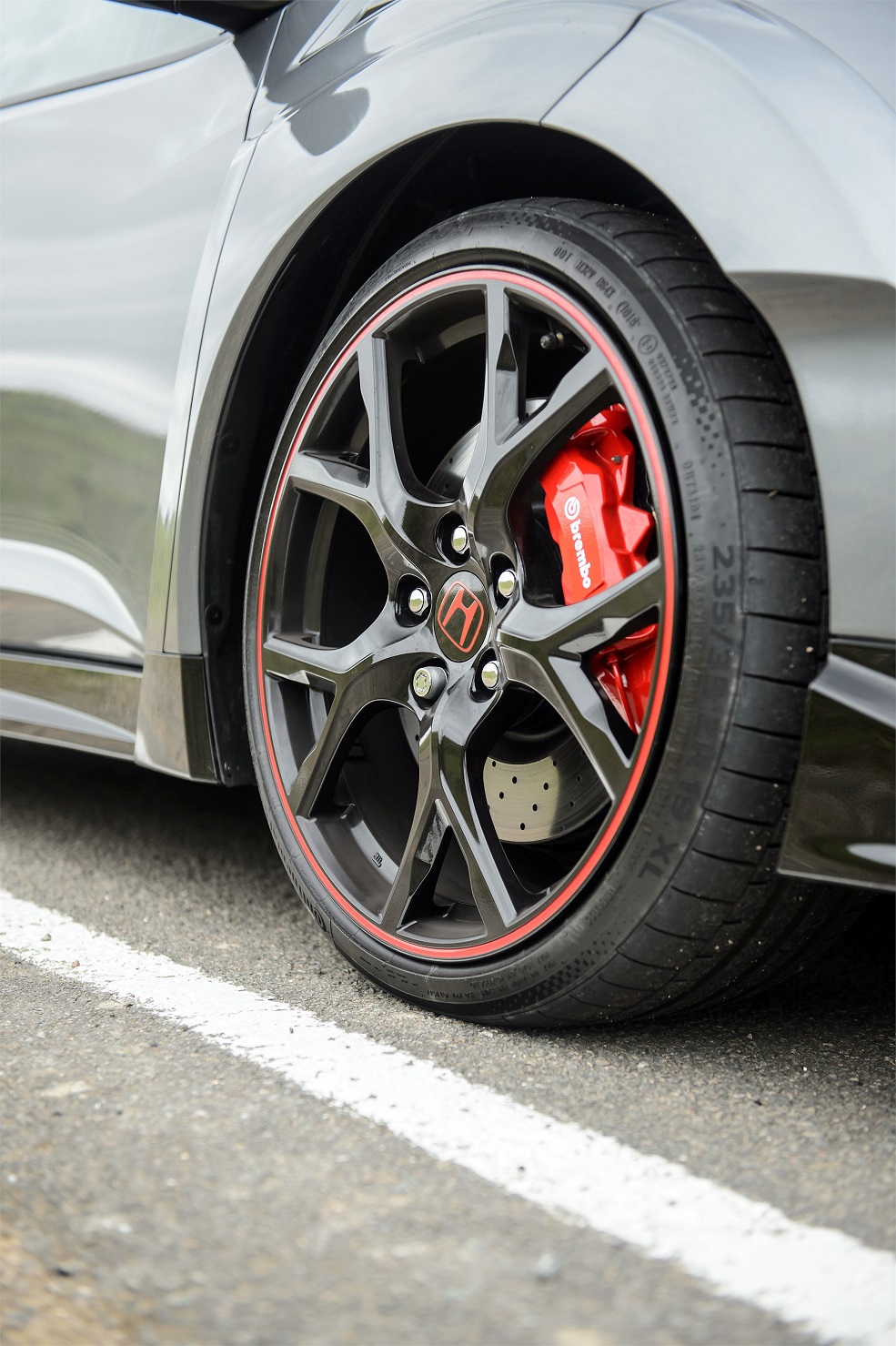
Honda Civic Type R FK2 suspension and brakes
Kerb damage to the alloy wheels is common, as is bubbling under the paint of the 19” wheels. The Brembo calipers also suffer from lacquer peel, with the clear topcoat flaking off. While none of this is serious, it’s definitely annoying.
On the whole, the Brembos employed by the FK2 Civic are strong stuff. Some owners elect to upgrade the pads, particularly those who are doing occasional track work. If the car is on aftermarket brake pads, don’t worry, just ensure they’re from a reputable brand and installed correctly. Check out our guide to the best brake pads and rotors in 2024 for more info.
Again, if the owner has driven the car on track, you may find that the car is fitted with either a big brake kit, or a simple caliper and/or rotor upgrade. Again, do your research. This isn’t necessarily a bad thing as quite often aftermarket solutions can offer improved braking performance.
As for the suspension, there’s nothing really to note here. It’s quite stiff from factory, so owners swapping out the factory system for something aftermarket isn’t uncommon. It can improve the FK2’s handling massively with the right setup. Be sure to check out our guide to the best suspension for a Civic Type R here.
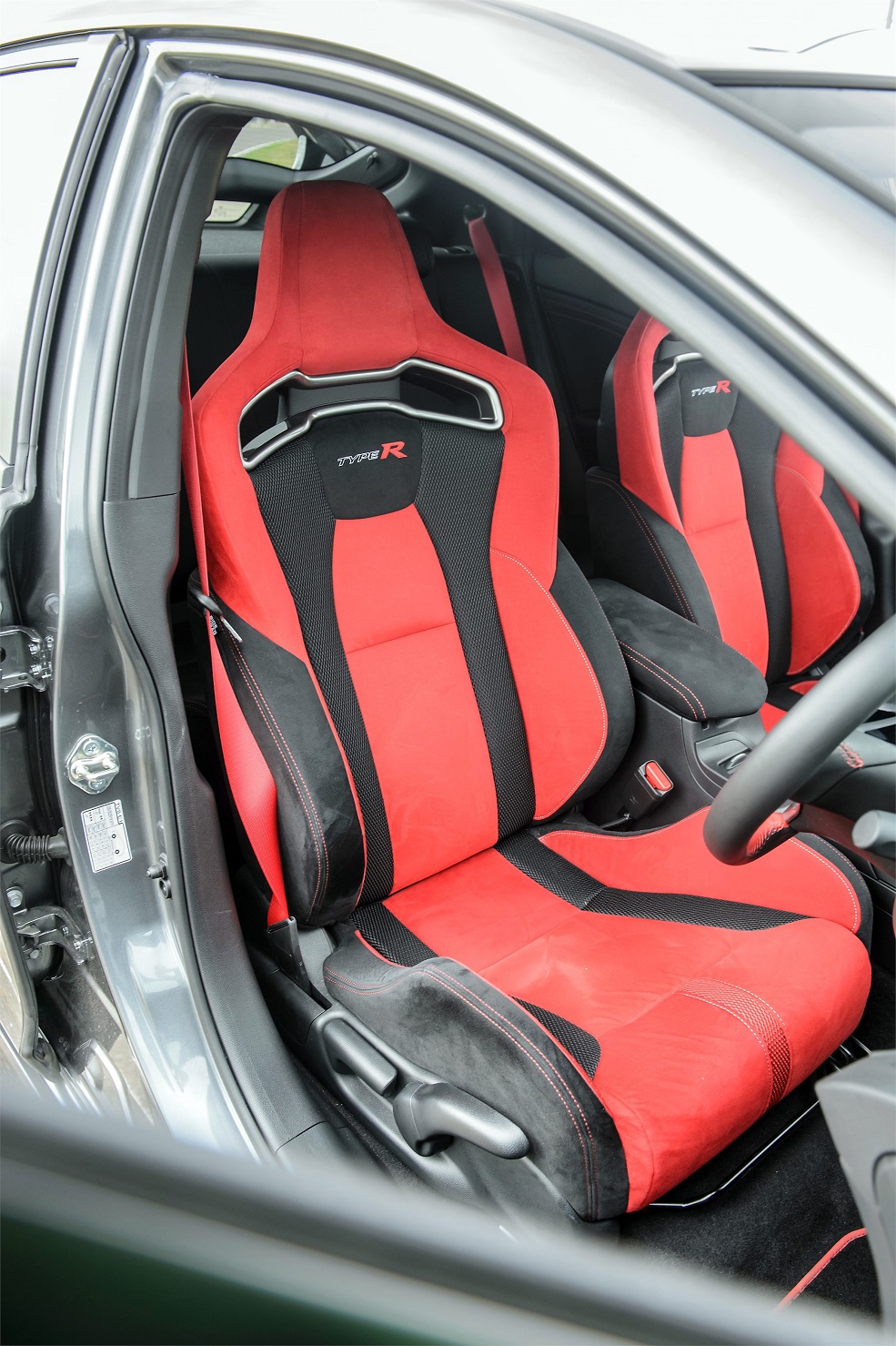
Interior
The interior of the FK2 Civic Type R was a vast improvement over the previous generation FN2 and EP3s. The quality inside is generally good, however the use of scratchy plastics does often make it feel a bit cheap. Some owners have had problems with the centre cup holder’s sliding cover jamming shut, and, as with most Civic Type Rs, bolster wear on the driver’s seat is common. It’s rare for the seats to be replaced with anything aftermarket as the Recaros, as always, are fantastic. They offer a huge amount of support and even allow for harnesses should you want to do some more serious track work.
You may find that the owner has binned off the factory infotainment system for something a little more updated. Again, this isn’t something you should be put off by as usually you’ll get features that you wouldn’t have has ordinarily. That being said, make sure it’s from a reputable brand and not something super cheap off the internet. We tested the cheapest car stereo not that long ago and found it to climb to dangerously high temperatures!
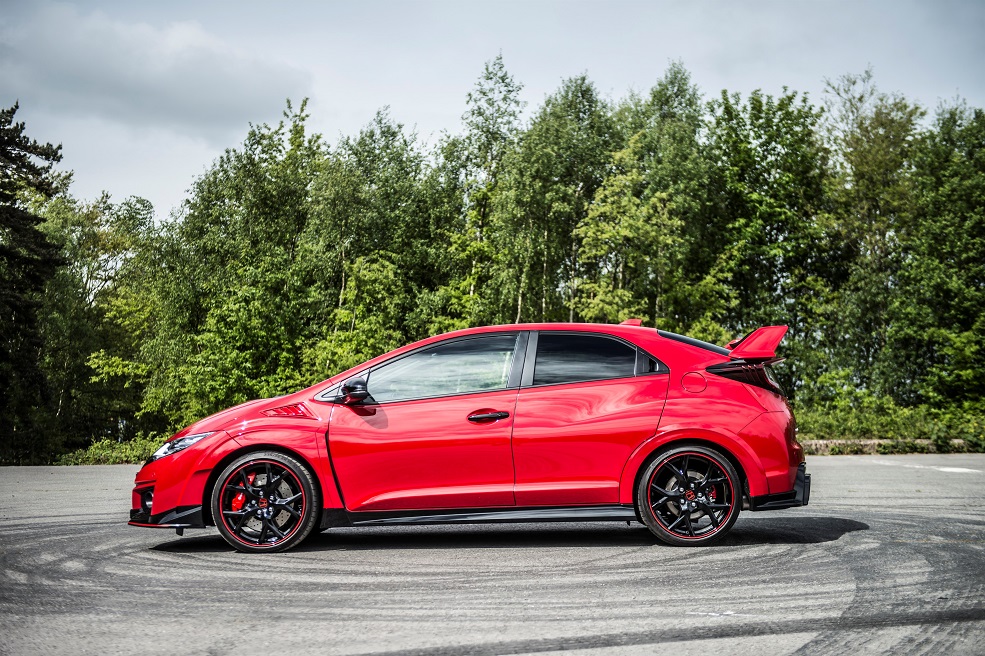
Exterior
Given that this is such a hard-charging and adrenalized machine, naturally, the main thing you need to be looking for are signs of abuse and accident damage. Build quality is exemplary so it’ll be very obvious if panels aren’t lining up properly or paint finishes don’t quite match. If it seems like the car’s had a crunch, it’s not a big deal to simply walk away. That is of course unless you can be sure of a truly honest appraisal of what happened and how it was fixed. These cars are rare, but they’re not that rare, so you can always find another.
Much like the FN2, the paint is relatively soft. Don’t be surprised to find stone chips on the nose. The sizeable boot spoiler can have a tendency to let rainwater in and then trap it inside, which explains the sound of water sloshing around you might hear when you open the boot.

Honda Civic Type R FK2 Prices
Given the short production run of the FK2, the market isn’t exactly flooded with them and they’re becoming increasingly collectable. Perhaps even more so now that Honda’s latest FL5 Civic Type R is here. That said, there’s always a handful of them in the classifieds so you’ve got a few to choose from if you’re picky about colour.
Interestingly, looking at Honda Civic Type R FK2 cars for sale, the average price appears to be around £19,000, down a couple of thousand on the average just a year ago. FK2s do occasionally pop up for sale around £14k or slightly below, but these are higher-mileage examples, cars with around 80,000-100,000 miles.
The next price bracket of £17k-20k looks to be the point where you’ll find examples with full service history and mileage under 60,000 miles. Cars above £21k are reserved for super low-mileage cars that one day may become collectibles. Interestingly, if you fancy yourself an early FK8 Civic Type R, prices for those starts around £17k for the higher mileage cars (although 50k miles isn’t exactly a lot!). Food for thought.
Tech Spec: Honda Civic Type R FK2
- Engine: 1998cc turbocharged four-cylinder
- Transmission: Six-speed manual
- Max Power: 306hp @ 6500rpm
- Max Torque: 295lb ft @ 2500-4500rpm
- 0-62mph: 5.7 secs
- Top speed: 167mph
- Weight: 1,382kg
- Price When New: £28,990 (GT £31,290)
Love Japanese cars? Our premier car events could be perfect for you. Be sure to check out:

